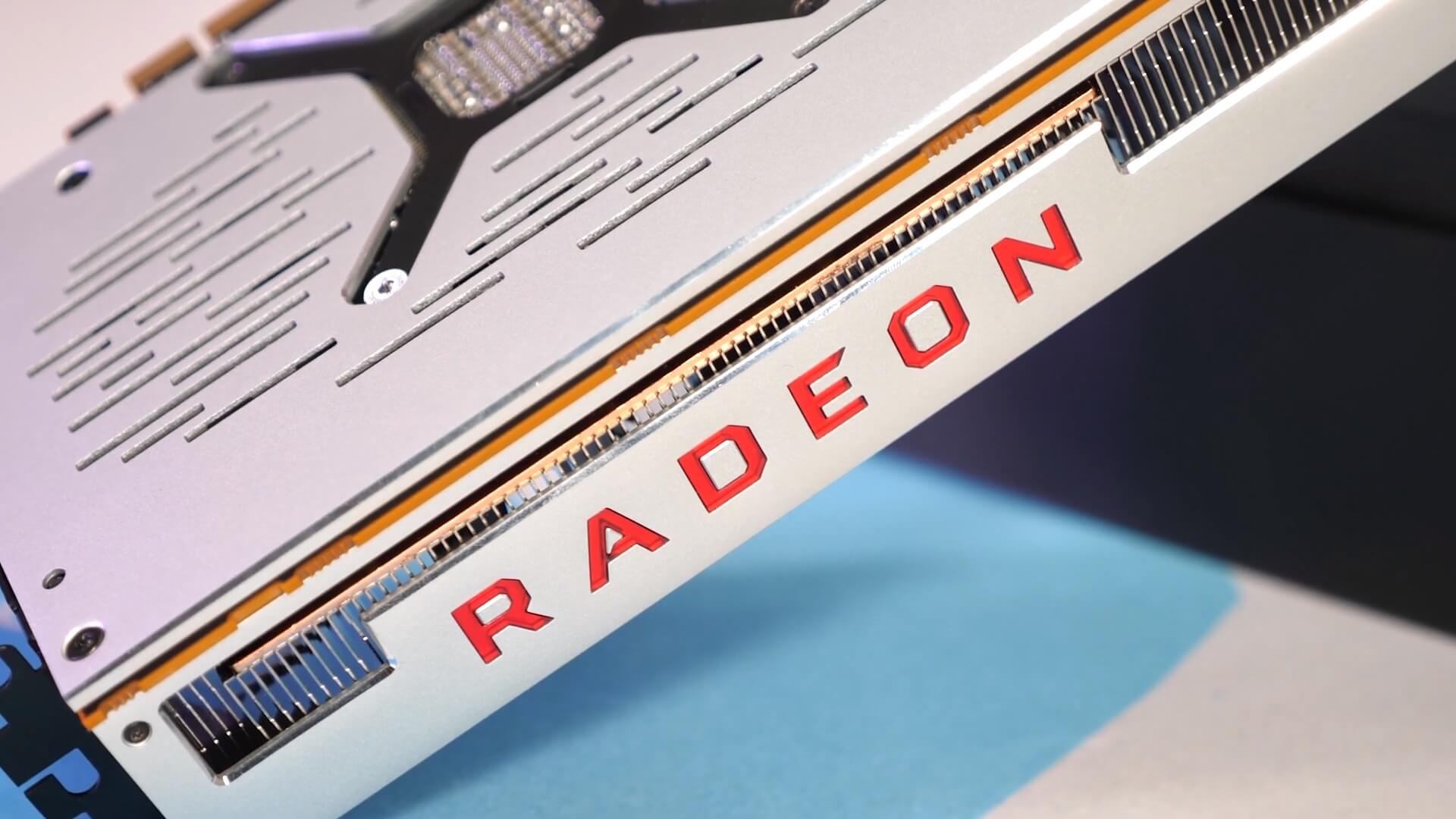Well im happy with my vega 64 im getting plenty of frames to I run my gpu at 150 watts.
I loose maybe 10% performance but slash power in half.
AMD should of done that with this gpu but didnt.
Those number don't really add up. Vega cards are normally power starved (among other things), so undervolting doesn't directly lead to power savings. Instead, the card just has more room to "stretch it's legs" and you'll see a performance increase while power draw remains the same (up to a point). In other words, you're either underutilizing the Vega 64, gimping it considerably through underclocking or getting your wattage from a software that's giving you incorrect readings. My undervolted (down to 1050 mV from 1200 mV) Vega 56 with a 10% power limit increase and a +150 MHz memory overclock increases system draw from the wall by ~300W when fully utilized - and this number is the difference between 100% CPU load and 100% CPU load + 100% GPU load, so it's not because the GPU stress test also stresses the CPU. GPU-Z reports power usage as ~200W (normal 180TDP + 10% power limit increase) under full load, but that's clearly only for the GPU die itself or not based on actual measurement. I'm not seeing those numbers when gaming, but that's because I play @1080p and use Vsync (60Hz), which means the card is underutilized practically all of the time.
Basically AMD's choices were either the current Radeon VII or a Radeon VII with Vega 64-like performance and a lower power consumption. Of these, the latter would have been utterly pointless. Now the Radeon VII at least provides an option to those who want something faster than a Vega 64 but do not wish to buy NVidia's products. Sure, the value isn't great, but the price is pretty much the best AMD could do with the specs it decided on.
